7 Things You’ve Gotta Do in Akihabara
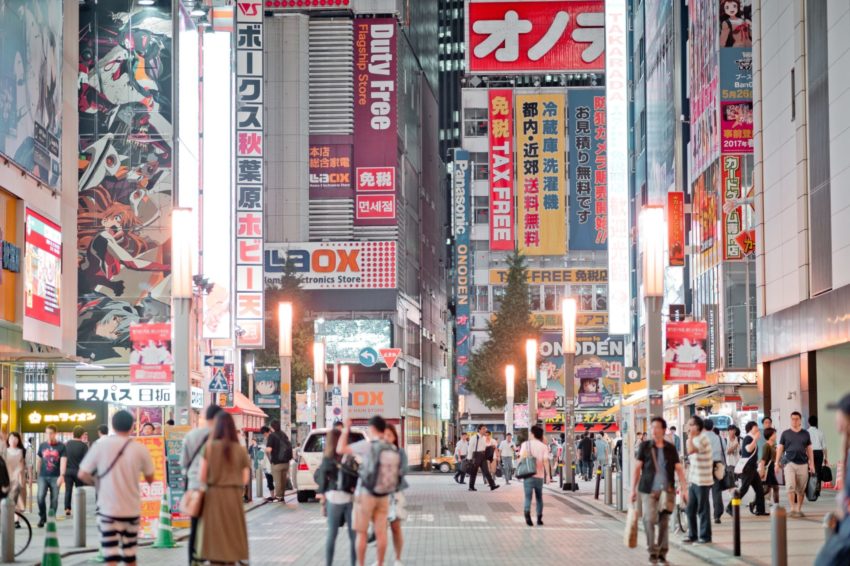
CONTENTS
Top photo: Jezael Melgoza on Unsplash
Located in central-east Tokyo, Akihabara is a prime destination for all kinds: electronics tinkerers, manga & anime fans, deal-seekers and curious tourists alike. It’s a truly unique district, beloved throughout the world for its large selection of electronics, games, anime goods, and just about every other form of subculture if you look deep enough. Here are my picks for seven things you’ve gotta do when you visit Akihabara!
Eat at the AKB48 Official Cafe & Shop

The AKB48 OFFICIAL CAFE & SHOP features loads of items from AKB48, Japan’s most popular all-girl group. From any seat in the café, you have a great view of AKB48 music videos and live performance videos on wall-mounted screens. The grand menu is composed of all the favorite dishes of AKB48 group members. Inspired by their social media posts, there is also a special menu, featuring the favorite desserts and dishes that the group members enjoy at home.
The shop has limited-release merchandise not available anywhere else. This includes candy, a full range of AKB48 stationery, popular wearable items such as keychains, phone straps, T-shirts and towels. All your essential concert wear! And other fantastic must-see items for fans.
They even have a takeout window where customers can order food to go. Their menu is updated seasonally, but they always serve popcorn and the AKB48 Happy Pie souvenir. It’s a fan favorite! When you come here, you can enjoy videos and music and fully immerse yourself in the world of AKB48.
Try Gachapon Machines
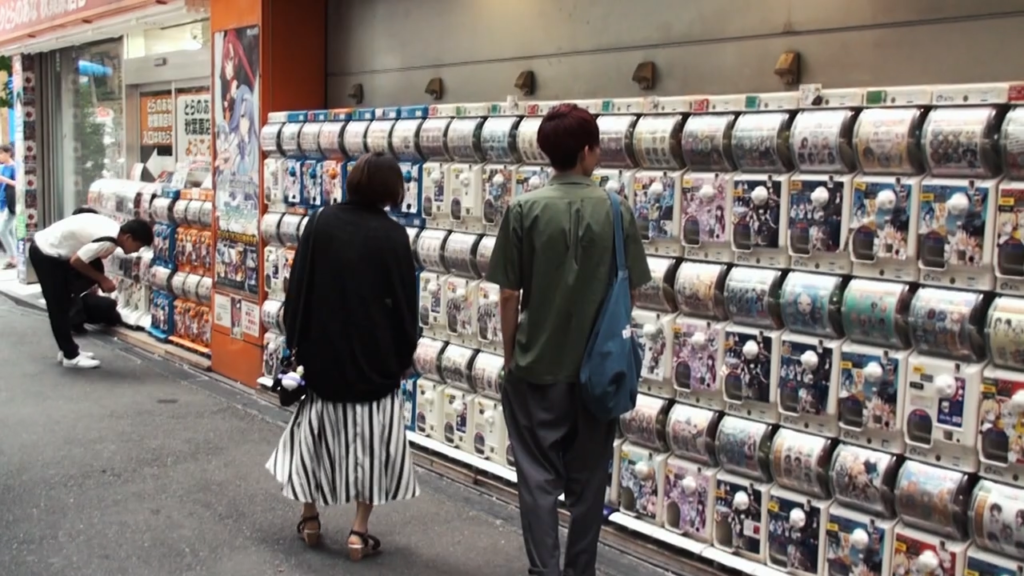
Akihabara is a Gachapon mecca where one can spend hours (and lots of 100 yen coins) searching for their perfect machine & a randomized souvenir to take home. ガチャポン or “Gachapon” got their name from the onomatopoeia of the sounds of the vending machine. There’s the “crank” (ガチャ or “gacha”) or turning the lever and the “thud” the capsule makes when it comes out (ポン “pon”). However, the older generation tends to call them “gacha-gacha”. They are also known as Gashapon (ガシャポン).
After inserting the coins and turning the lever, out from the machine comes a capsule ball. Inside the ball is an amazing little toy or collectible, such as keychains, phone straps, watches, pouches, miniatures and figurines, and even hats for cats. They are beautifully crafted and often hilarious. When you crack open one of these plastic eggs, you never know what you’re gonna get.
Gachapon are remarkable for their large variety, craftsmanship and sheer wackiness. They’re miniature works of art in plastic. Gachapon have a brief retail existence, and the machines will be cycled out with new releases frequently; there are 150 new Gachapon every month. Popular Gachapon can sell out in a week or less. Some see repeat production runs, but the vast majority are discontinued after the first release, and your only hope of completing a set or finding that elusive one you want is in collectable shops (where the price is usually higher than the original 300-500 yen).
You can find Gachapon machines all over Japan, but Akihabara is definitely the universal hub of them; chances are if it is or was ever sold from a Gachapon machine, you’ll find it here.
Play at a Game Center
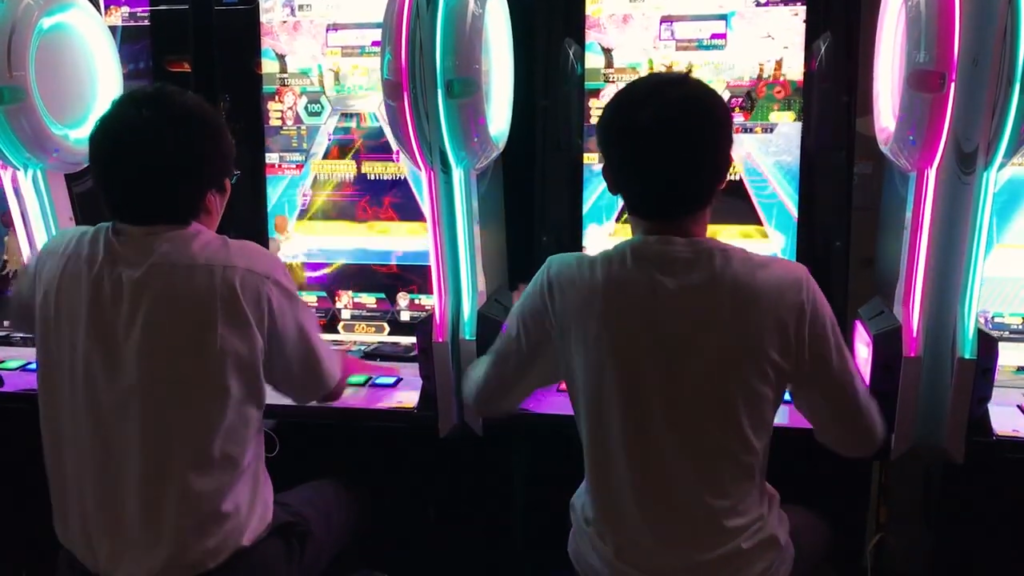
Akihabara is home to a competitive gaming district which is lined with arcades. These arcades are packed with Japan’s game culture, and are great entertainment spaces. Usually five or six floors, they are filled with the latest games.
Among them, you’ll find fighting games, sit-down racing games, boat piloting games with anime girl battleships, cooperative games where large teams face off against each other, and much more. There are also games that require the use of real life trading cards, claw games known in Japan as “UFO catchers”, games that use a special stylus to point and draw and “rhythm” games that challenge your drumming and dancing skills.
You can also find specialty arcades with the best classic games. Even though they have been around a long time, people are still packing these arcades and lining up to play. The arcades with the latest technology really pack a punch, while the retro arcades are great places for visitors to play some nostalgic games too. You can spend hours (and a lot of money) in these places!
Check out Manseibashi Station
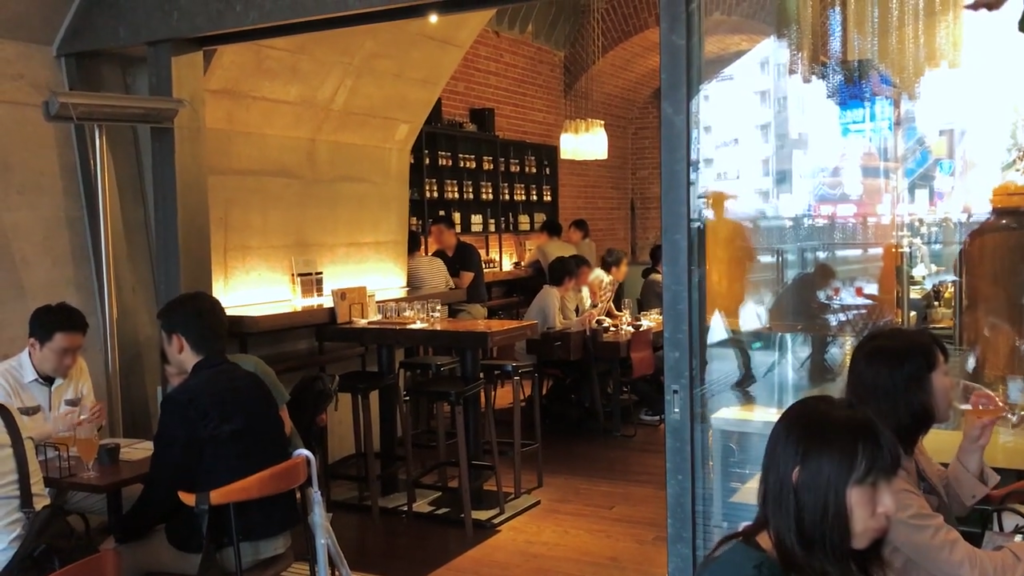
Manseibashi Station was once a busy stop on the Chuo Line. The red-brick structure is now a one-of-a-kind shopping and dining complex that stretches between Ochanomizu Station and Kanda Station along the Kanda River. The space has loads of pop-up shops and restaurants, cafes, and bars. The establishments here serve up organic coffee, craft beer and various types of eclectic cuisine.
The graceful arches of the brick overpass remain, as well as the old staircase, which was closed off after the station was shut down in 1943. The old platform has been transformed into a glass-walled space with a scenic overlook. Fast-moving trains pass by closely on both sides. On the first floor, there’s a scale-model diorama of what the station and area looked like around a hundred years ago. It’s one of Akihabara’s most unique spots and well worth a stopover.
Experience Kanda Shrine
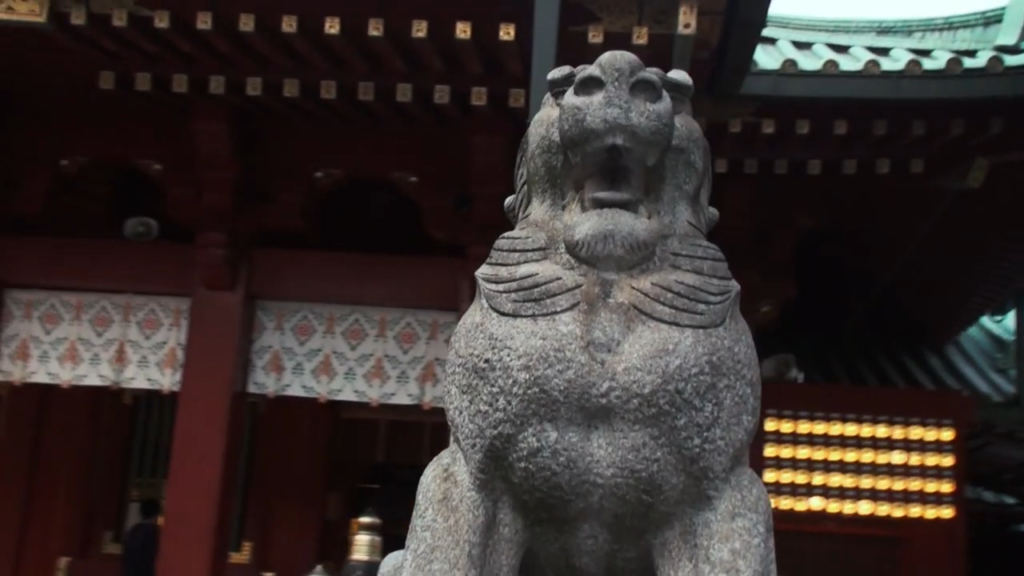
Kanda Shrine was first built in 730 AD, but it has moved and been rebuilt several times. It is now just a short walk from the main street in Akihabara. There are three gods enshrined here. People visit the shrine to pray for wealth and prosperity. Kanda Shrine became popular among anime fans because it is a featured location in the “Love Live!” anime.
In the series, a group of students who want to save their school from closing form an idol group to sing and dance their way to success. One of the popular characters in the show, Nozomi Tojo, is a shrine maiden here. The girls of the group train around the shrine and hang out in Akihabara. Thus, you can see many of the locations “used” in the show in real life here and elsewhere in the area. If you want a little traditional architecture to go alongside your popular culture, be sure to stop by Kanda Shrine!
Explore a Collectibles Shop
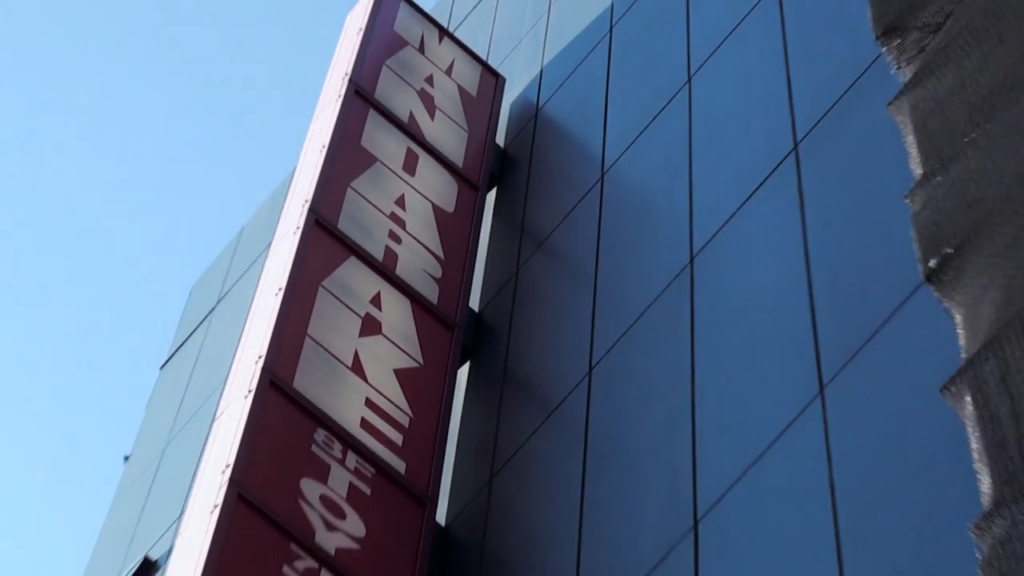
Anime and manga contribute a significant part of what makes Akihabara the place it is. There’s a ton of anime and manga related merchandise for sale. Akihabara is also well-known for its many retro game shops selling used classic video games.
Whether you’re there to hunt for an elusive figurine for your collection or just want to window-shop, you’ll be overwhelmed with wave after wave of figurines, anime memorabilia and video games the moment you step out of the train station. Chuo street is the place to start and soak in the vibe of Akihabara. Here, both sides of the street are lined with game and hobby shops specializing in all manner of Japanese pop culture.
One store that I highly recommend is Mandarake, a popular chain that has several locations across Japan and specializes in second-hand goods. The Akihabara shop, also known as “the Complex” has eight floors of collectables, DVDs & blu-rays, classic video games, CDs, manga and all kinds of books, both official and fan-made. Apart from being one of the biggest stores in the area, Mandarake is also unique because of its collection of rare and vintage memorabilia. Decommissioned station signs? 1960’s children’s magazines? Transformers from the 1980’s up to through 2020’s? You may very well find it here!
Visit a Maid Café
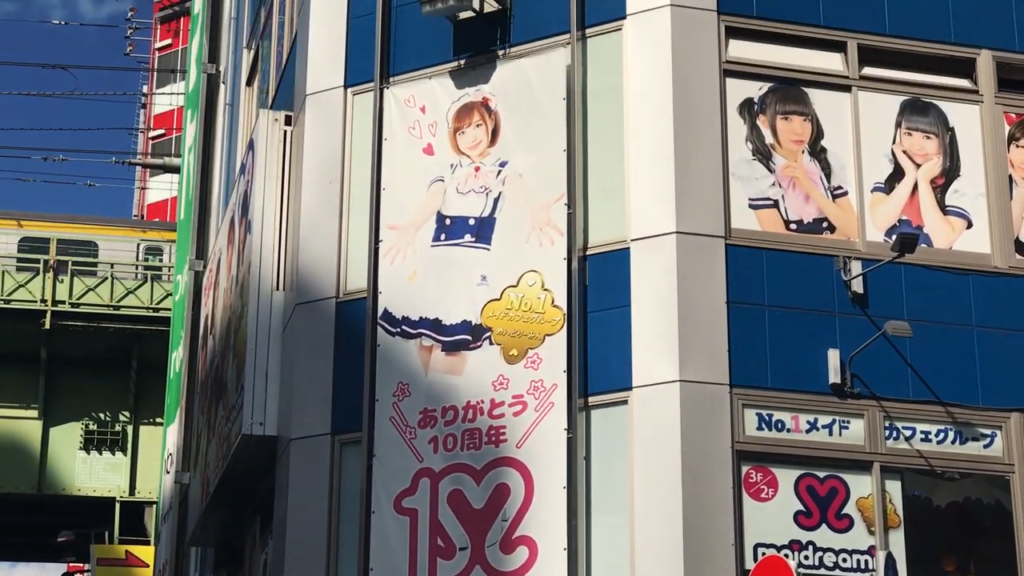
Synonymous with Akihabara, maid cafés make for a truly unique experience. They’re kitschy and yet strangely classy, as you will be waited on by ladies in elaborate maid outfits. Maid cafés are often tucked away in alleys or between other establishments, so the maids go looking for customers in high traffic areas, and direct or even bring customers back to the café.
Going inside a maid café is the closest you will ever get to going inside an actual anime. The staff pretty much act like real-life anime characters. Some maids even use crazy names or put on eccentric personas. For example, “the fairy of fried chicken”. Maid cafés have a table fee and a time limit, as they often have limited seating and you’re paying for the atmosphere as much as the food and drink. Fortunately, there is no tipping in Japan, but be prepared for a pricier-than-usual café experience. Customers are forbidden to take photos inside, except of their food.
If you want a photo souvenir of a maid, you have to buy a チェキ (“cheki” or instant photo). They usually cost 500 yen, and the maids decorate them by hand. Maids will also dance and sometimes sing as a performance. Although it isn’t free, you can usually order it in a bundle with a photo and food or drink for a discount.
At some places, maids even perform a “magic blessing” with you on your food before you eat. This usually includes a chant they will teach you, and also involves making a heart shape with your hands. Maid cafés come in all kinds and there are various themes (such as ninja-themed, or based on Alice in Wonderland.)
And if you’ve been wondering, yes: there are indeed butler cafés where you can be served with all the same flair and eccentricity as maid cafés, except by dashing young men. There truly is something for everyone in Akihabara.
Looking to experience Akihabara for yourself? Join the adventure in April 2022 as an ALT! For more information, read all about being an ALT!
Photo Credits:
Top photo: Jezael Melgoza on Unsplash
Additional photos for this article were provided by Raymond Doan, used with permission
All other content (text) created by the original author and © 2021 MUSUBI by Borderlink
RELATED
-
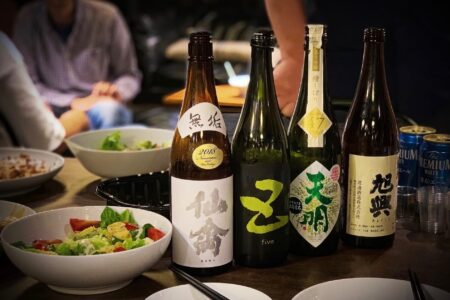
5 Things You Should Know About Sake
Top Photo: Xtra, Inc. on Unsplash The world of sake can be daunting. When you first arrive in Japan you may b… -
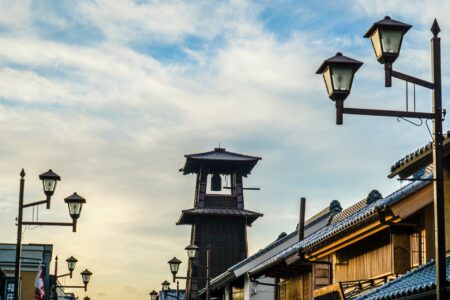
A Daytrip Back in Time to Kawagoe
Top photo: makoto.hさん on PhotoAC Just about 40 minutes from Tokyo, Kawagoe City in Saitama Prefecture makes fo… -

The Secret ‘Switzerland’ in Japan
Top photo: Akira Deng on Unsplash When we think of Japan, we have the perception of delicious food, technolog…
PEOPLE

Raymond Doan
From the USA
Has experienced Japan for 7 years!



